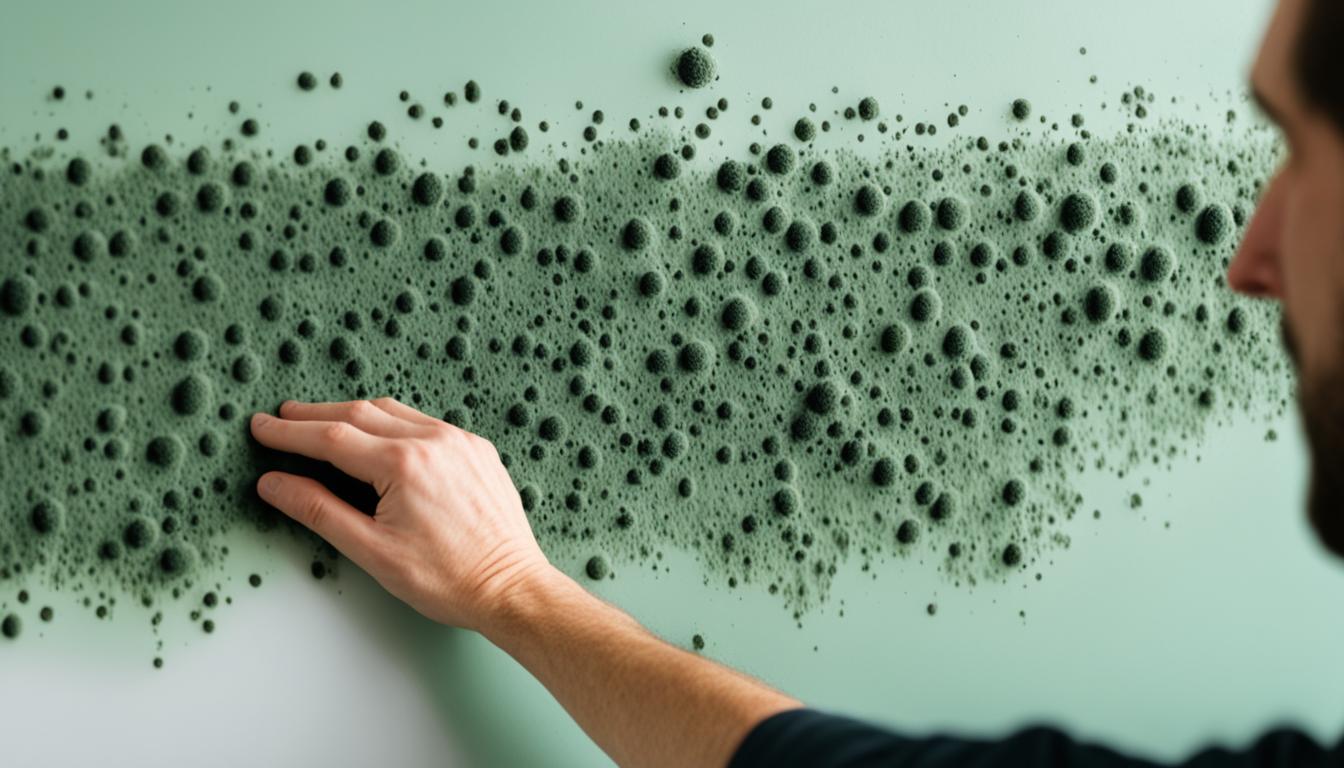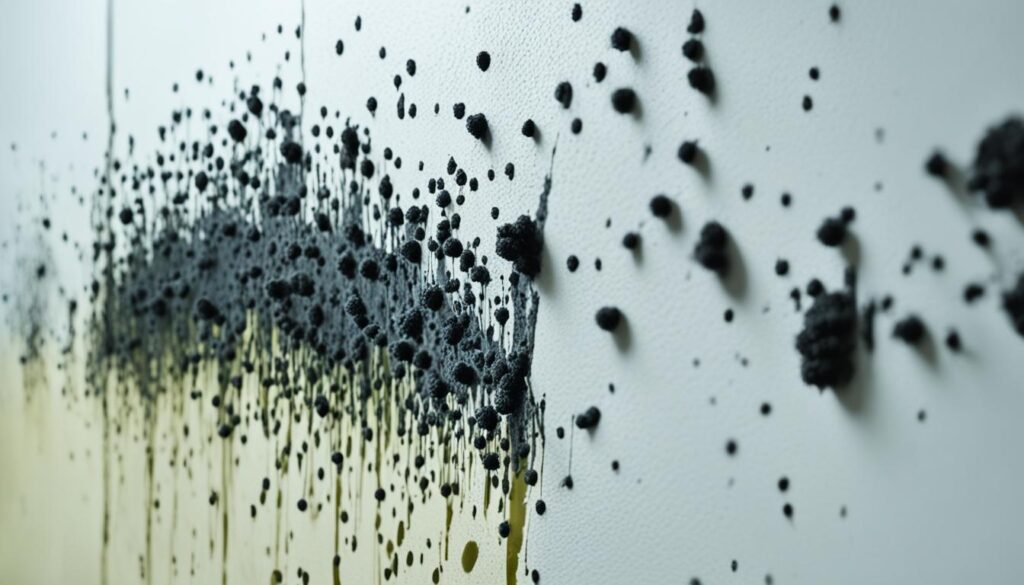
Discover the Secrets of can Mold cause headaches
Mold is a common household menace that can have far-reaching effects on our health. While many are aware of its impact on respiratory health, there is also evidence to suggest that mold exposure can trigger headaches. In this section, we will explore the link between mold and headaches, shedding light on the hidden culprit that may be causing your discomfort.
Indoor air quality plays a crucial role in our overall well-being, and mold can significantly compromise it. Mold thrives in damp environments, such as bathrooms, basements, and areas with water damage. The presence of mold spores in the air can lead to respiratory issues and allergic reactions, and in some cases, headaches.
How does mold exposure contribute to headaches? One factor is the release of mycotoxins, which are toxic substances produced by certain molds. These mycotoxins can have neurological effects and contribute to symptoms like headaches. Additionally, mold exposure can trigger inflammation in the body, causing headaches as a result.
It is crucial to address mold growth promptly and effectively to minimize the risk of headaches and other health issues. Taking preventative measures, such as controlling moisture levels in your home and ensuring proper ventilation, can help deter mold growth. If you suspect mold in your environment, seeking professional assistance like Fix Mold Miami at 305-465-6653 for a thorough mold assessment can provide peace of mind and help you take appropriate remediation steps.
Key Takeaways:
- Mold exposure can contribute to headaches.
- Mycotoxins released by certain molds may have neurological effects and lead to headaches.
- Inflammation triggered by mold exposure can also contribute to headaches.
- Maintaining good indoor air quality is crucial to prevent mold growth and associated health issues.
- If you suspect mold in your environment, contact professionals like Fix Mold Miami for a thorough mold assessment and remediation.
Understanding Mold and Its Impact on Health
When it comes to indoor air quality and our overall well-being, mold is a hidden menace that can wreak havoc on our health. Understanding how mold thrives in indoor environments, its effects on our bodies, and the symptoms and allergic reactions it can cause is crucial for maintaining a healthy living space.
Mold and Indoor Air Quality
Mold is a type of fungus that grows in damp and humid conditions. It can be found in various locations within our homes, such as basements, bathrooms, and areas with water leaks. Since mold releases spores into the air, these spores can contaminate the indoor air quality.
Exposure to mold spores can trigger a range of health issues, particularly for individuals who are sensitive or allergic to mold. The inhalation of mold spores can lead to respiratory problems, including coughing, wheezing, and difficulty breathing.
Symptoms and Allergic Reactions
Exposure to mold can cause a variety of symptoms and allergic reactions. Some common symptoms include:
- Nasal congestion
- Sneezing
- Runny or itchy nose
- Watery or itchy eyes
- Skin rashes or hives
For individuals with existing respiratory conditions like asthma, exposure to mold can exacerbate their symptoms and make it harder to breathe. Severe mold exposure may even lead to more serious health issues, such as fungal infections or neurological symptoms.
“Mold exposure can cause a wide range of symptoms, often mimicking other respiratory conditions. It’s important to identify and address any mold issues in your home to protect your health.”

Mold can have a significant impact on our health, and addressing any potential mold issues should be a top priority for maintaining a healthy living environment. In the next section, we will explore the direct connection between mold exposure and headaches, shedding light on the specific mechanisms that can trigger these painful and debilitating symptoms.
The Connection Between Mold Exposure and Headaches
When it comes to mold exposure, headaches can be a common symptom to watch out for. Mold is a type of fungus that can grow indoors when there is excess moisture. It thrives in damp and humid environments, such as bathrooms, basements, and areas affected by water damage. When mold spores are inhaled or come into contact with sensitive individuals, they can trigger various health issues, including headaches.
One of the ways mold can contribute to headaches is through its impact on neurological symptoms. Mold exposure has been associated with cognitive impairments, memory problems, difficulty concentrating, and even mood changes. These neurological symptoms can often manifest as headaches or migraines, causing discomfort and hindering daily activities.
Additionally, certain molds release mycotoxins, which are toxic substances that can have detrimental effects on human health. Mycotoxins have been linked to various symptoms, including headaches. These toxins can enter the body through inhalation, ingestion, or skin contact, and once inside, they can disrupt cellular functions, leading to inflammation and neurological disturbances.
Inflammation plays a crucial role in the link between mold exposure and headaches. When mold spores are inhaled, they can trigger an inflammatory response in the body. This immune system response is designed to protect against pathogens, but in the case of mold exposure, it can result in chronic inflammation. This ongoing inflammation can affect blood vessels, nerves, and brain tissues, contributing to headaches.
It’s important to note that the severity and frequency of headaches caused by mold exposure can vary from person to person. Some individuals may be more sensitive to mold and experience more intense symptoms, while others may only have mild headaches. Therefore, if you suspect mold in your indoor environment and are experiencing persistent or recurring headaches, it’s crucial to address the mold issue and improve indoor air quality.

If you’re dealing with mold-related headaches, it’s recommended to consult a medical professional for proper diagnosis and treatment. Additionally, addressing the underlying mold issue is vital to prevent further health complications. Mold remediation experts like Fix Mold Miami can provide mold assessments and remediation services to help ensure a healthy living environment. Remember, early intervention and proactive measures are key to safeguarding your well-being.
Conclusion
In conclusion, our exploration has revealed a clear link between mold exposure and headaches. The presence of mold in indoor environments can contribute to a range of neurological symptoms and trigger inflammatory responses in the body, leading to headaches.
It is crucial to prioritize good indoor air quality to reduce the risk of mold growth. By keeping our living spaces well-ventilated, maintaining appropriate humidity levels, and promptly addressing any water damage or moisture issues, we can minimize the conditions that allow mold to thrive.
If you suspect mold in your environment, it is highly recommended that you seek professional assistance for a thorough mold assessment. Mold remediation experts like Fix Mold Miami have the expertise and tools to accurately identify and safely remove mold, ensuring a healthier living environment for you and your loved ones.




